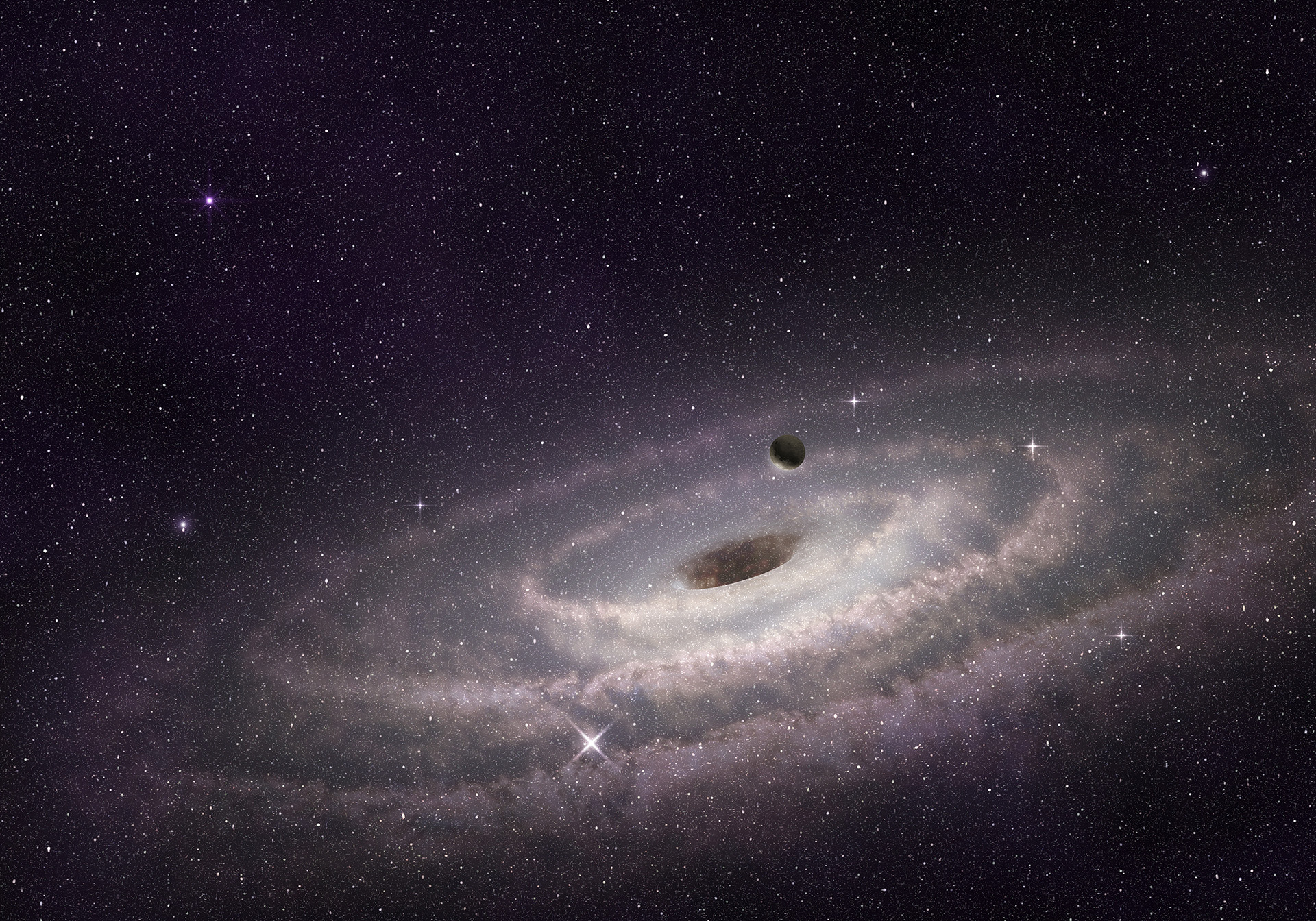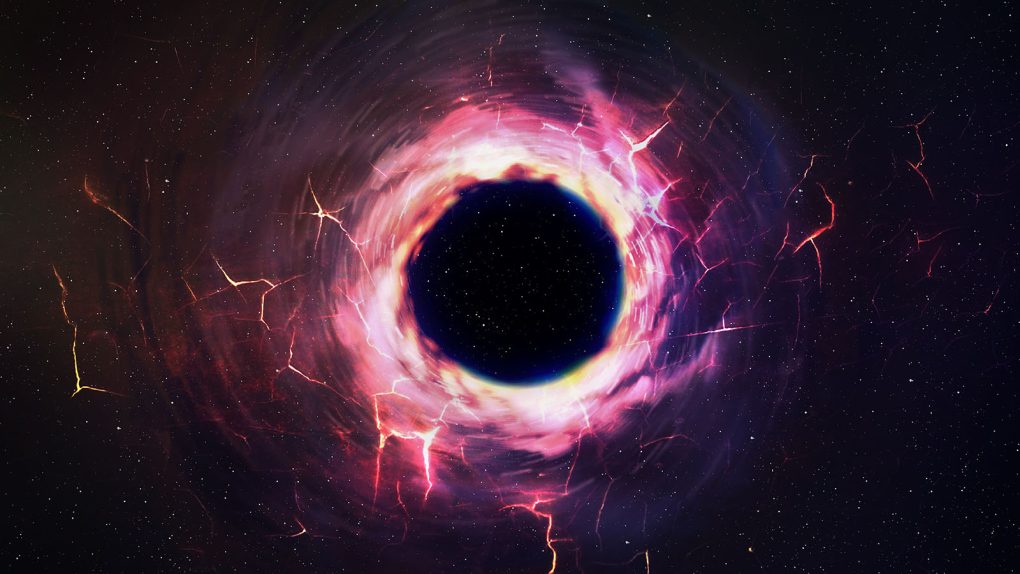Scientists have been trying to explain the different mysteries of black holes for decades. One such mystery that astronomers have been scratching their heads over is how we get glimpses of the universe around the edges of black holes. Other mysteries include black holes giving birth to new stars.
According to Albert Sneppen, a Danish student, there are an infinite number of trajectories that light can reach an observer when looking at a black hole. Through these trajectories, you can get glimpses of the galaxies behind the black hole. One of the biggest mysteries of black holes, though, has been how close you need to be to see from one image to the next. Now, Sneppen has proposed a new mathematical equation that could help explain it.
A Danish student might have solved one of the mysterious of black holes

We’ve known for some time now that you need to be 500 times closer to see each new image when looking at a black hole. However, the big mystery has been in why that is the magic number. Based on a paper published in the journal Scientific Reports, Sneppen believes he has found the answer.
The primary answer, of course, is extremely mathematical. And, if we’re completely honest here, it’s a bit outside of my understanding. In the paper, Sneppen says that photons orbiting above a certain radial coordinate circle the black hole outwards to infinity. However, if those photons are close enough to other photons, they’ll orbit several times before being sucked in. This is what allows us to see the images of the galaxy behind the black hole.
We could learn more about gravity using this new discovery

What is really important about this discovery, though, is the doors it could open for new understanding.
“There is something fantastically beautiful in now understanding why the images repeat themselves in such an elegant way. On top of that, it provides new opportunities to test our understanding of gravity and black holes,” Sneppen said in an announcement.
Gravity plays a direct role in how photons move towards a black hole. Now we can use the way they interact to help us better understand how it works as a whole. Furthermore, Sneppen says spinning black holes remove the need to move closer to the black hole as much. So, instead of having to move closer by a factor of 500, we only need to move closer by a factor of 50 to see different images.
That could make it easier to inspect and observe black holes in the future.








